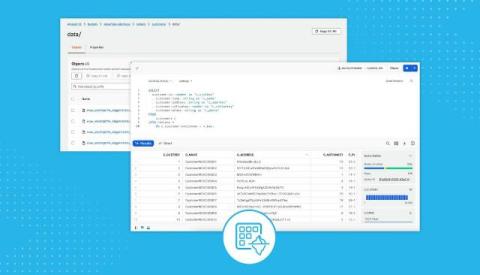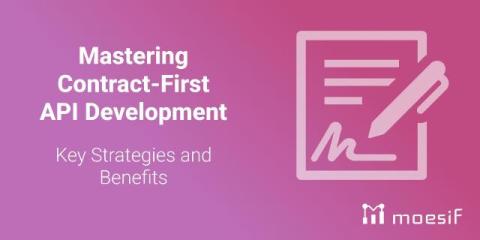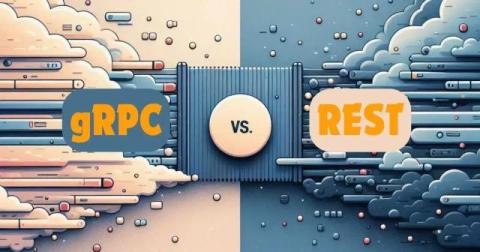Crafting Your Blueprint: What Is a Possible API Strategy for Future-Proof Success?
What is a possible API strategy and why is it critical to your business’s success? An API strategy encompasses planning, executing, and managing APIs to enhance interaction between applications and services. Focused on aligning technology with business goals, it improves end-user experiences, fosters innovation, and drives growth. By integrating an API strategy into your digital transformation efforts, businesses can achieve significant advancements.











